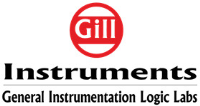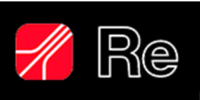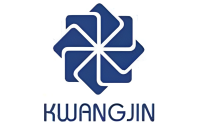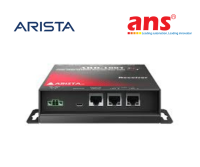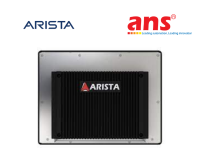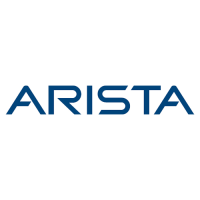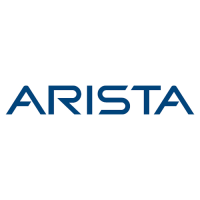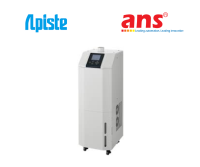Huge energy savings realised on Coca-Cola bottling line
While retrofitting a transportation system, Vienna-based Coca-Cola Hellenic Austria used a mechatronic drive which has allowed for a 75% energy saving, which is equivalent to an annual reduction of 41 tons of CO2.

Coca-Cola Hellenic Austria is the licensed bottler of the Coca-Cola Company in Austria. When the company decided to modernize a transport line in its bottling plant in Vienna, reducing power consumption and reducing CO2 emissions were the main priorities. Additional requirements included standardizing the drive variants that are used in order to simplify the stocking of spare parts and facilitating a fast restart of the system after the conversion. The final goal of the retrofit was to simplify maintenance.
SEW-EURODRIVE GmbH recognised the benefits that its mechatronic drive system would have to offer Coca-Cola Hellenic. Using detailed energy consumption calculations it was able to show its customer that the transport system could attain the highest level of energy efficiency using MOVIGEAR.
SEW sector manager Tobias Nittel presented the product to the customer in Austria. He said: "The individual components may be a bit more expensive than the conventional solutions, however, they provide the customer with clear additional advantages that quickly translate into financial benefits - lower energy consumption, reduced installation costs, shorter startup times as well as simplified maintenance and diagnostics. The mechatronic drive solution is also easy to clean and saves on water and cleaning products. This is an obvious advantage in a bottling plant."
The changeover was organised within six months – from filing the budget and taking care of the technical planning, all the way to fully utilizing the narrow time window for the conversion. Today, the line links the bottling plant for Coca-Cola, Fanta and Sprite to the palletizing system via the packaging machine. PET bottles holding 0.5 to 2.5l are handled in this area. Previously, the line was driven by standard line-powered gearmotors. As part of the modernization, the company replaced a total of 39 gearmotors – some with inverters, but most without – as well as the controller for the drives.
Profibus interface
Instead of using 24V switch contactor technology for line-powered motors, the company opted for Profibus interfaces. This allows the operator to change the speed as required and adjust it precisely to suit the process. In addition, the Profibus interface optimises the system's ability to shut down the line in case of a jam and minimizes idle times. These measures result in a noticeable reduction in power consumption.
Profibus transmits the control signals from the PLC to the drive and transmits current diagnostic and status signals from the drive to the controller. The use of Profibus also offers new diagnostic options. The operator now has more than an I/O display - the speed and current are displayed on a keypad, allowing the operator to check whether mechanical components are moving freely, and, should service be required, the fault type is displayed. Bus operation also allows the operator to record the current for general monitoring purposes and serves as an indicator of capacity utilization. From a service perspective, MOVIGEAR, in combination with Profibus, offers a wide range of additional options.
Fast conversion
With the MOVIGEAR system solution, power supply and communication are handled using Single Line Network Installation (SNI) technology. This allows energy and communication transfer in one shielded cable, thereby decreasing the number of components required while significantly reducing the installation cost. The actual, mechanical conversion of the system took place over an extended weekend, from Friday morning to Sunday evening. In this short period of time, the old drives were disconnected and mechanically removed and the new drives were mechanically mounted, electrically installed and started up. On Monday morning, production started up again in the bottling plant.
With the complete system solution, Coca-Cola Hellenic Austria was able to reduce the power consumption of the transport line by a sensational 75 % (in comparison with the technology previously in use). This means that the investment pays for itself in less than one year. Extrapolated from a five-day measurement of the amount of energy consumed, the new system will generate an estimated savings of 41 tons of CO2 annually. These savings were achieved by multiple measures that were carried out in parallel.
Erwin Langela, Manufacturing Director of Coca-Cola Hellenic Austria explains:, "For Coca-Cola Hellenic, it was always an important priority to optimise production, not only economically, but also ecologically. For this reason, we were searching for different ways to reduce our CO2 footprint, which serves as a measurement of the effect of our daily activities on the environment and climate change. SEW-EURODRIVE suggested replacing the drives in our conveyor belts with the MOVIGEAR mechatronic drive system. Now, half a year later, I can say that we were able to reduce our power consumption by 75%. That translates to an annual reduction of 41 tons of CO2. We want to keep going in this direction. Not only do we want to implement the MOVIGEAR system in Vienna – we plan to use it in Edelstal in Burgenland as well, and we want to use SEW technology in the bottling of our 'Römerquelle' mineral water."
YouTube Video: http://75percent.sew.de/
ANS Vietnam collection.













